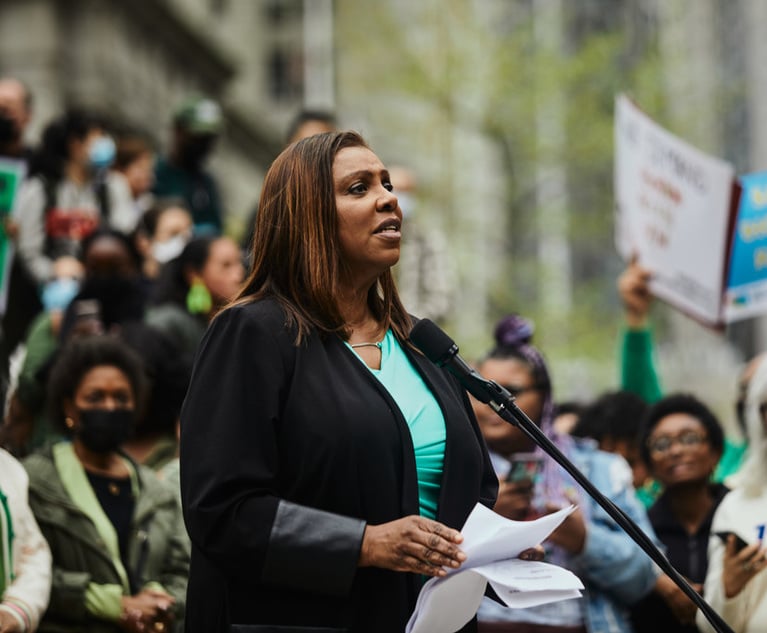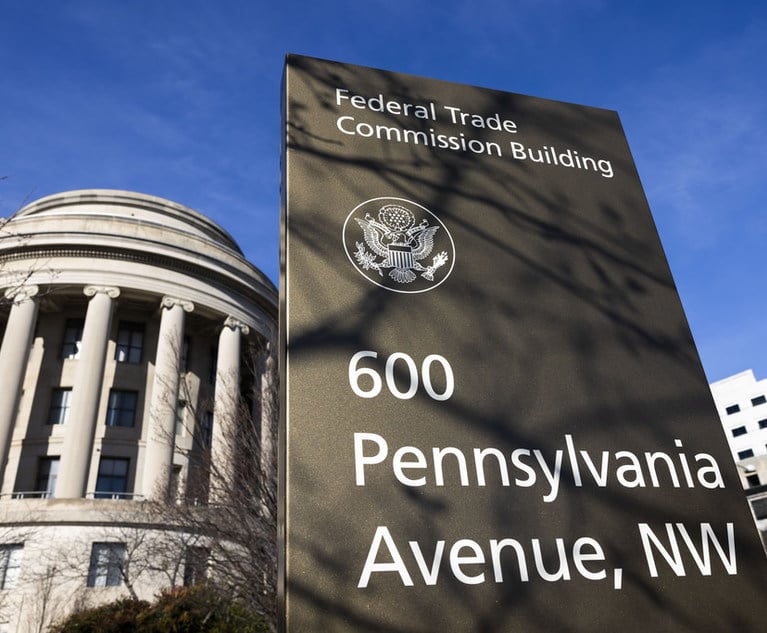In his legendary article in Volume 10 (1897) of the Harvard Law Review, “The Path of the Law,” Oliver Wendell Holmes reduced the law to its essence as a predictive tool for businessmen: “The object of our study…is prediction, the prediction of the incidence of the public force through the instrumentality of the courts.” Holmes was not as quick to acknowledge, however, that his adored system of the common law is not always the best designed means to attain such predictability. Legitimate disagreements aside, the multiplicity of judicial opinion-making across concurrent federal and state jurisdictions can sometimes lead to divergent “paths.”
The law of fraudulent conveyances, codified in the New York Debtor and Creditor Law (DCL), offers a striking example of just such judicial cross-currents. Although the main body of this law offers calm waters to the prospective litigant seeking smooth sailing, one stretch of those waters could create some unforeseen turbulence: the law on liability of transferees and beneficiaries of fraudulent conveyances. In that context, two federal court decisions have muddied the waters with idiosyncratic interpretations that are in stark conflict with state court pronouncements.


 Alexander Shapiro. Courtesy Photo
Alexander Shapiro. Courtesy Photo




